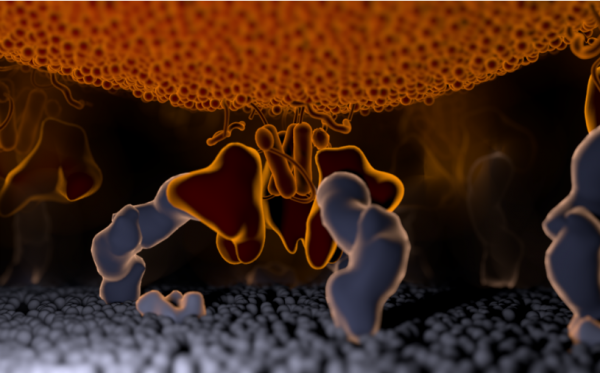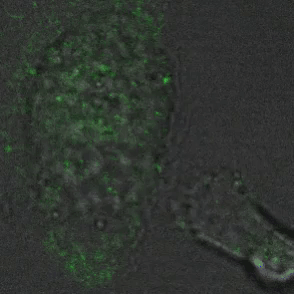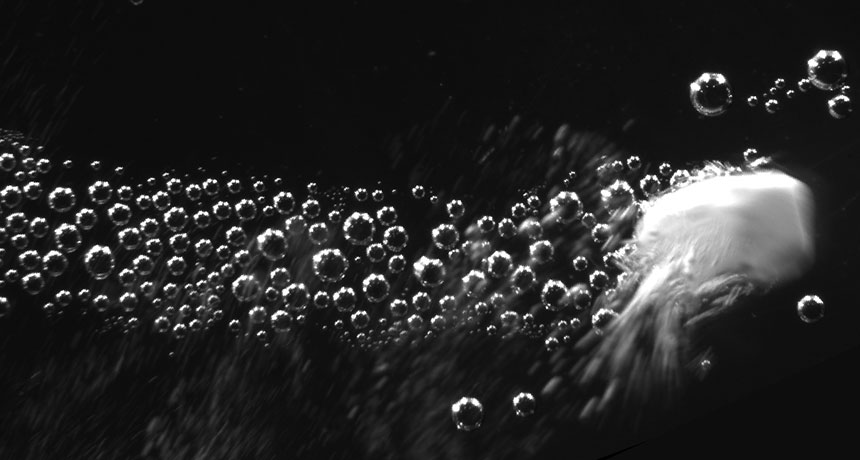Our Research
BioNanomaterials for immunotherapy
We aim to achieve controlled elicitation or suppression of the immune system via the rational design of synthetic delivery systems that mimic the structures and biochemical mechanisms of viruses. Viral structures that include vesicles, micelles and filomicelles are achieved by designing and assembling amphiphilic block copolymers under aqueous conditions. These nanomaterials can contribute to diverse immunotherapeutic strategies, and their utility in immunotherapy stems from the ability to incorporate bioresponsive chemistries, load a diverse range of immunotherapeutics, and target specific inflammatory cell populations. Our efforts are currently focused on the scalable fabrication of nanomaterial therapeutics, tissue engineering scaffolds that mimic the nanostructures of extracellular matrix (ECM), photo-sensitive and plasmonic nanostructures, and transdermal delivery systems. All of our materials are self-assembled from non-toxic and non-immunogenic block copolymers that have generated no detectable side effects when tested in vivo.
Theranostics for the diagnosis and treatment of heart disease
Atherosclerosis is a complex inflammatory condition within the walls of arterial vessels and a primary cause of cardiovascular disease (CVD). Vascular inflammation and accumulation of immune cells and their products induce maturation of atheromas, or plaques, which can rupture and lead to ischemic stroke or myocardial infarction. Novel non-invasive imaging techniques that identify and quantify inflammatory cells within plaques to assess plaque progression and stability are needed for routine screenings. Theranostic nanomedicine employs the versatile capabilities of nanomaterials for combined diagnostics and therapeutic delivery. We are developing and testing diverse synthetic nanomaterials that can simultaneously image and modify inflammation within atherosclerotic plaques.
Multi-subunit vaccines
Few therapeutic strategies can rival vaccination in terms of effectiveness at treating and preventing infectious diseases. Unfortunately, despite a strong track record of success over the past century for the eradication of numerous lethal and high morbidity human diseases, we still do not have a clear understanding of how the process of vaccination works. As a result, modern vaccines are still developed using costly and time consuming trial and error approaches, and despite years of effort we are currently unable to vaccinate against many of our most serious threats. As immunoengineers, we propose the use of techniques and principles from bioengineering, polymer chemistry, and immunobiology as a multidisciplinary approach to the study of vaccination. We are developing nanomaterial-based vaccines using combinations of diverse adjuvants and antigens, currently with a focus on tuberculosis.







